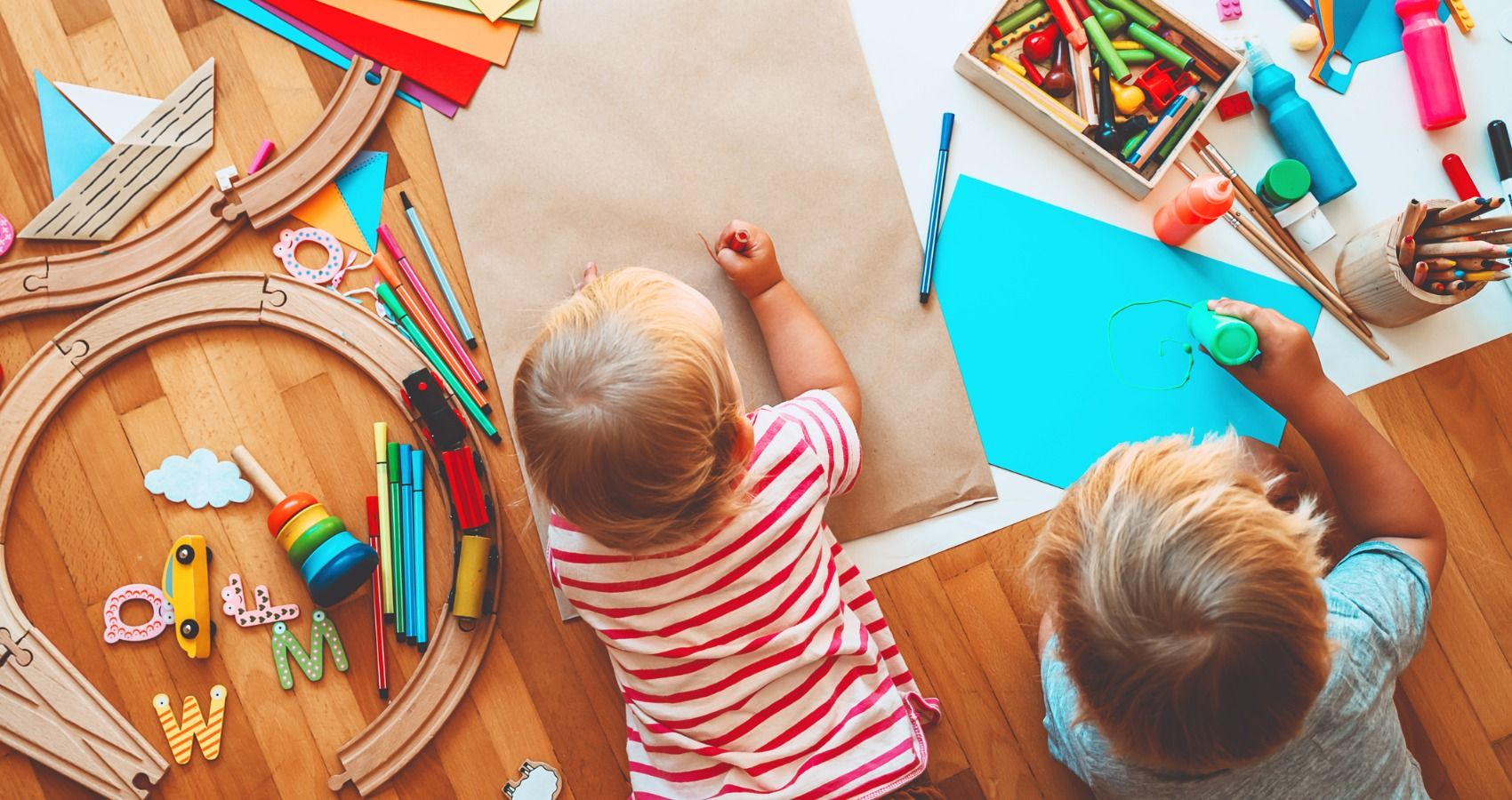Adapting principles of the Inuit tradition and offering designated play zones can help re-frame expectations of children to self-entertain. In a time where kids are out of school and home often alongside working parents, we can push young people to play independently for their own growth – and for ours.
Reporter Michaeleen Doucleff has been overwhelmed working from home while full-time parenting. As she approached a deadline for a manuscript submission, she found herself juggling expectations from her 4-year-old as well. Doucleff got the idea to “retrain” her daughter to expect less attention and entertain herself from an anthropology text about the Inuit lifestyle penned by Jean Briggs.
Doucleff explained, "In the winter, they built igloos to stay warm. There were many days where the little girls couldn't go outside…The children [would] spend an hour or two in the morning under a blanket playing without bothering anyone." If the Inuit tradition encouraged children’s time to be spent entertaining themselves, Doucleff reasoned, that behavior could be learned - and taught.
So, as Doucleff recently shared for NPR, she started carving out small chunks of time where her daughter was encouraged to play independently while she worked. There were bumps in the road, but the mother daughter pair made their way to 90 uninterrupted minutes while both were “productive.”
The trick, she noted, can be inviting kids into the “adult world,” helping little ones understand that adult responsibilities don’t disappear just because children want attention. However, kids can participate in that world by helping if they like. As Doucleff explained, "'Come over here and help me stir these eggs. Help me vacuum.' It's not forced, they don't have to do it, but I'm not going to draw you a narwhal right now."
Another “how” is to employ the 15/45 minute rule. Coined by UT Austin professor Jennifer Keys Adair, it establishes 15 unopposed minutes of attention for the child, preparing them for 45 minutes of self-led play. For kids and parents, using new techniques can cause friction; sometimes, the reset button might need to be hit.
"You'll have to steel yourself for big disruptions," Doucleff acknowledged. "But on the other side of that is calmness, the ability for a child to take care of one's self, to self-entertain."
For moms and dads committed to trying to achieve this holy grail of working-from-home serenity, a few “whats” can help, too. Establishing a play "zone" for a child, where every toy or resource is safe for independent creativity, can help them imagine a world for themselves without instruction. It’s good to offer new options for your kids, too, though not necessarily new toys; an empty cardboard box can go a long way.
Truly separate a bit from their play space, so they can be innovative without interruption. And remember that whenever independent play concludes, children will look forward to it more the next time if immediately thereafter, they know they’ll get a parent’s undivided, lively attention.

